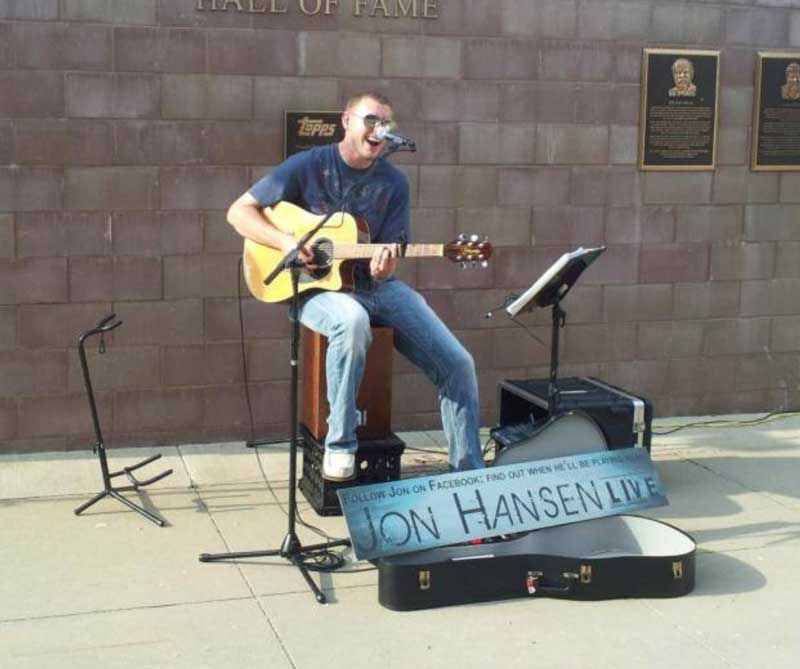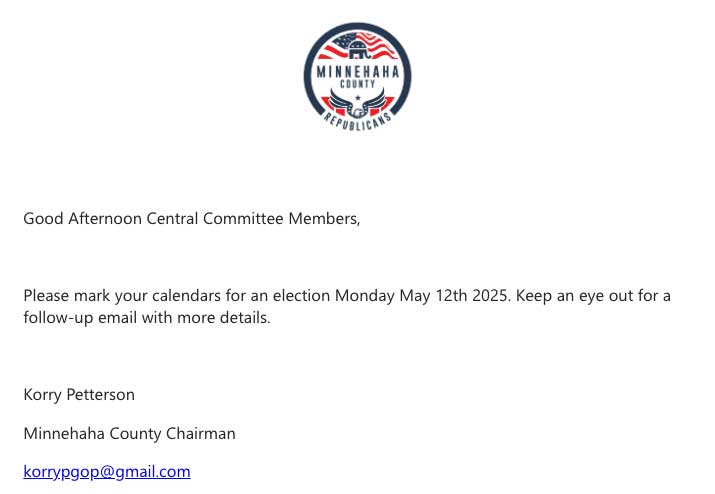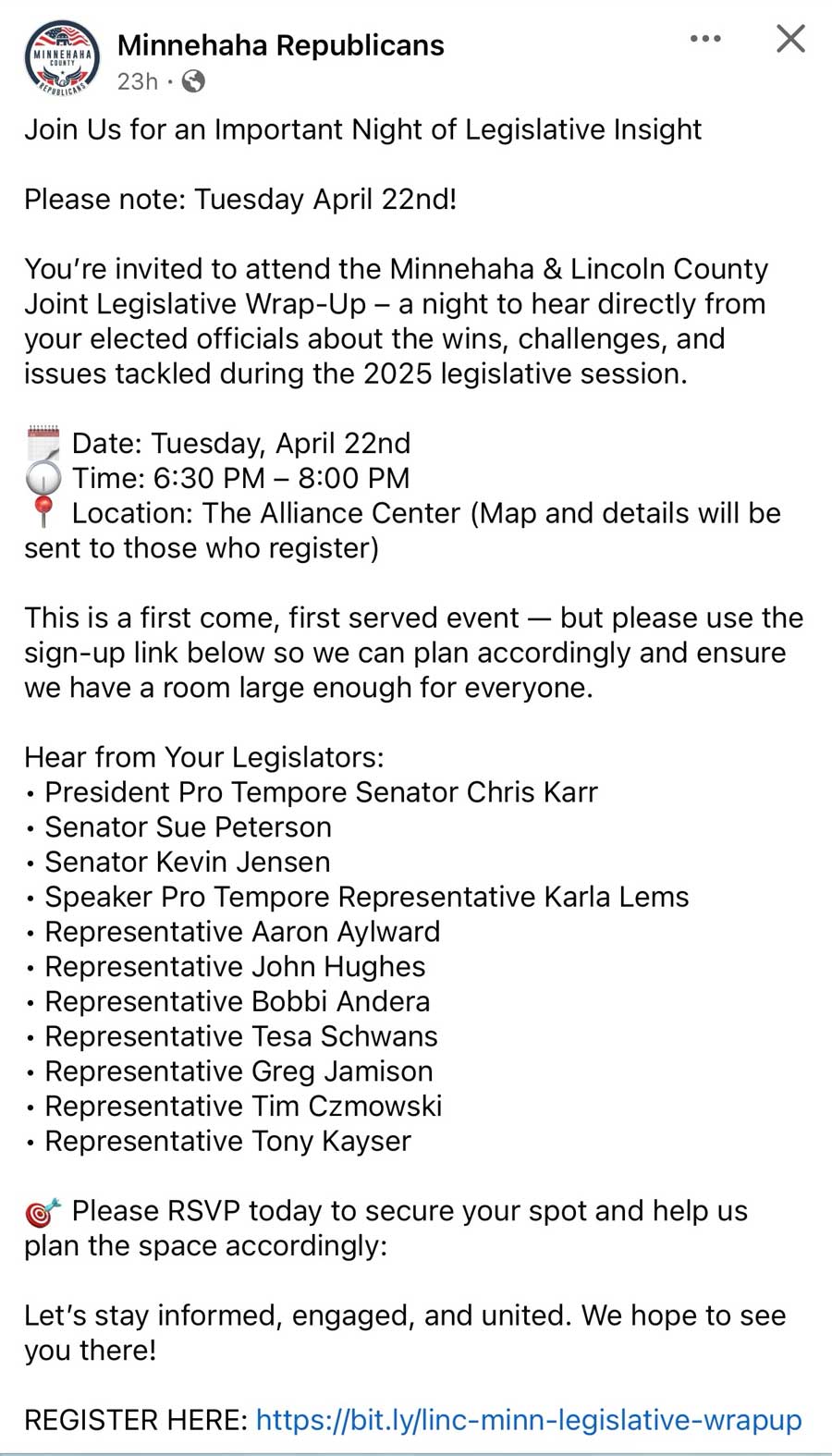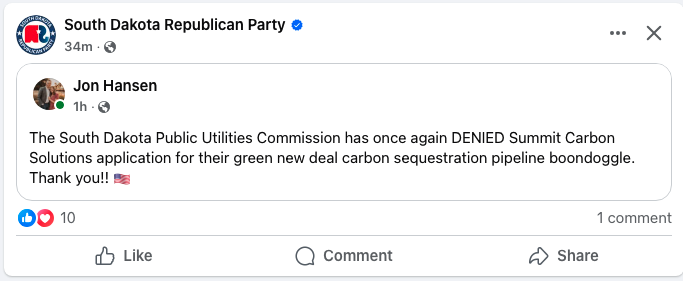Attorney General Jackley Announces Settlement In NCAA Lawsuit
Attorney General Jackley Announces Settlement In NCAA Lawsuit
PIERRE, S.D. – South Dakota Attorney General Marty Jackley announces that the State has reached a settlement of its lawsuit against the NCAA that reduces the amount of money that Division I schools, including South Dakota State University and the University of South Dakota, will have to pay toward the NCAA’s proposed $2.8 billion settlement of federal class action lawsuits brought by student athletes in California.
“This settlement is for and about our student athletes. It provides approximately 33% relief to South Dakota’s universities and all other Division I schools, as well as a foundation for financial equity for female athletes,” said Attorney General Jackley. “This settlement also provides the Attorney General an opportunity to work with the NCAA on future reductions and stipulates that funding of the newly created Women’s Basketball Performance Fund remain intact with no reductions.”
Also, as part of the settlement and South Dakota’s past success in hosting NCAA tournaments, the NCAA has committed to meet with the hosts of past NCAA tournaments and events in South Dakota to discuss holding future events in the State. “Last year’s Summit League men’s and women’s basketball tournaments brought roughly $10 million into South Dakota,” Attorney General Jackley said. “We look forward to hosting future NCAA events in South Dakota.”
Attorney General Jackley and the South Dakota Board of Regents, on behalf of South Dakota State University and the University of South Dakota, had filed a lawsuit in September 2024 against the NCAA alleging that smaller Division I schools were being overcharged for the cost of the $2.8 billion settlement. South Dakota’s lawsuit sought to relieve the financial burden on South Dakota’s universities and other smaller Division I schools and to financially protect female athletes.
The student athletes had sued the NCAA to recover back payment for their participation in college athletics during the term of the settlement. A federal judge in California is now deciding whether to give final approval to the NCAA’s settlement.
In consultation with the South Dakota Attorney General, the NCAA is directing a budget surplus of $55 million to reduce the amount of money Division I conferences would have had to pay for the first year of that settlement.
The settlement reduces by approximately $2 million the amount of money that the Summit League and the Missouri Valley Conference, which include the two South Dakota schools as members, will have to pay in the first year of the settlement.
The State has agreed to dismiss its lawsuit against NCAA. A hearing had been scheduled for Thursday in Brookings County Circuit Court.
-30-

 Hansen is a Dell Rapids lawyer. During his 10 years in the South Dakota House of Representatives, here’s what he has focused on:
Hansen is a Dell Rapids lawyer. During his 10 years in the South Dakota House of Representatives, here’s what he has focused on:




